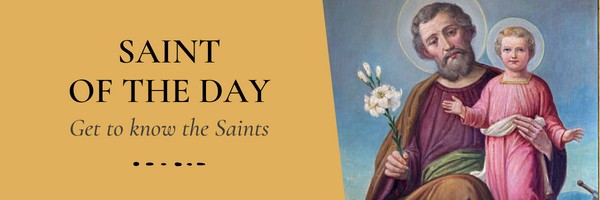
Proconnesus
FREE Catholic Classes
(PRŒCONNESUS)
A titular see in Hellespont. Proconnesus was the name of an island situated in the eastern part of the Propontis, between Priapus (now Kara Bogha) and Cyzicus. It was also the name of the capital of this island colonized by Milesians or Samians and the country of the poet Aristeas. In 493 B. C. it was burned by a Phœnician fleet in the service of Darius. In 410 the Athenian vessels commanded by Alcibiades subjected it, like Cyzicus, to the domination of Athens. Later it was conquered by Cyzicus. Coins of the Roman epoch can still be seen. Proconnesus was renowned for its quarry of white marble, used in constructing the adjoining towns, particularly that of Cyzicus, and the tomb of Mausoleus at Halicarnassus, later of Constantinople. The latter still uses the quarry. It has given to the island its modern name of Marmora, which was given also to the Propontis. The ancient capital seems to be the present village of Palatia. The island forms today a nahié of the vilayet of Brousse. The island contains about seventy-seven square miles and 9000 inhabitants, nearly all Greek. During the Byzantine epoch exiles were frequently sent there, among whom may be mentioned the monk Stephen the Young, and the patriarch, Saint Nicephorus ; Saint Gregory the Decapolite, Saint Nicholas the Studite, and Saint Ignatius the patriarch also sojourned there. In 1399 a battle took place between the Turks and Venetians. The island and the neighbouring isles form a suffragan see for the schismatic Greeks. In the Middle Ages it was an autocephalous archdiocese, originally dependent on Cyzicus. Le Quien (Oriens christ., I, 783) names six of its bishops ; the first known, John, assisted at the Council of Ephesus, 431. He does not mention a Saint Timothy, who must have lived in the sixth century and who is venerated as the patron of the island.
Join the Movement
When you sign up below, you don't just join an email list - you're joining an entire movement for Free world class Catholic education.
- Easter / Lent
- Ascension Day
- 7 Morning Prayers
- Mysteries of the Rosary
- Litany of the Bl. Virgin Mary
- Popular Saints
- Popular Prayers
- Female Saints
- Saint Feast Days by Month
- Stations of the Cross
- St. Francis of Assisi
- St. Michael the Archangel
- The Apostles' Creed
- Unfailing Prayer to St. Anthony
- Pray the Rosary
![]()
Copyright 2025 Catholic Online. All materials contained on this site, whether written, audible or visual are the exclusive property of Catholic Online and are protected under U.S. and International copyright laws, © Copyright 2025 Catholic Online. Any unauthorized use, without prior written consent of Catholic Online is strictly forbidden and prohibited.
Catholic Online is a Project of Your Catholic Voice Foundation, a Not-for-Profit Corporation. Your Catholic Voice Foundation has been granted a recognition of tax exemption under Section 501(c)(3) of the Internal Revenue Code. Federal Tax Identification Number: 81-0596847. Your gift is tax-deductible as allowed by law.






